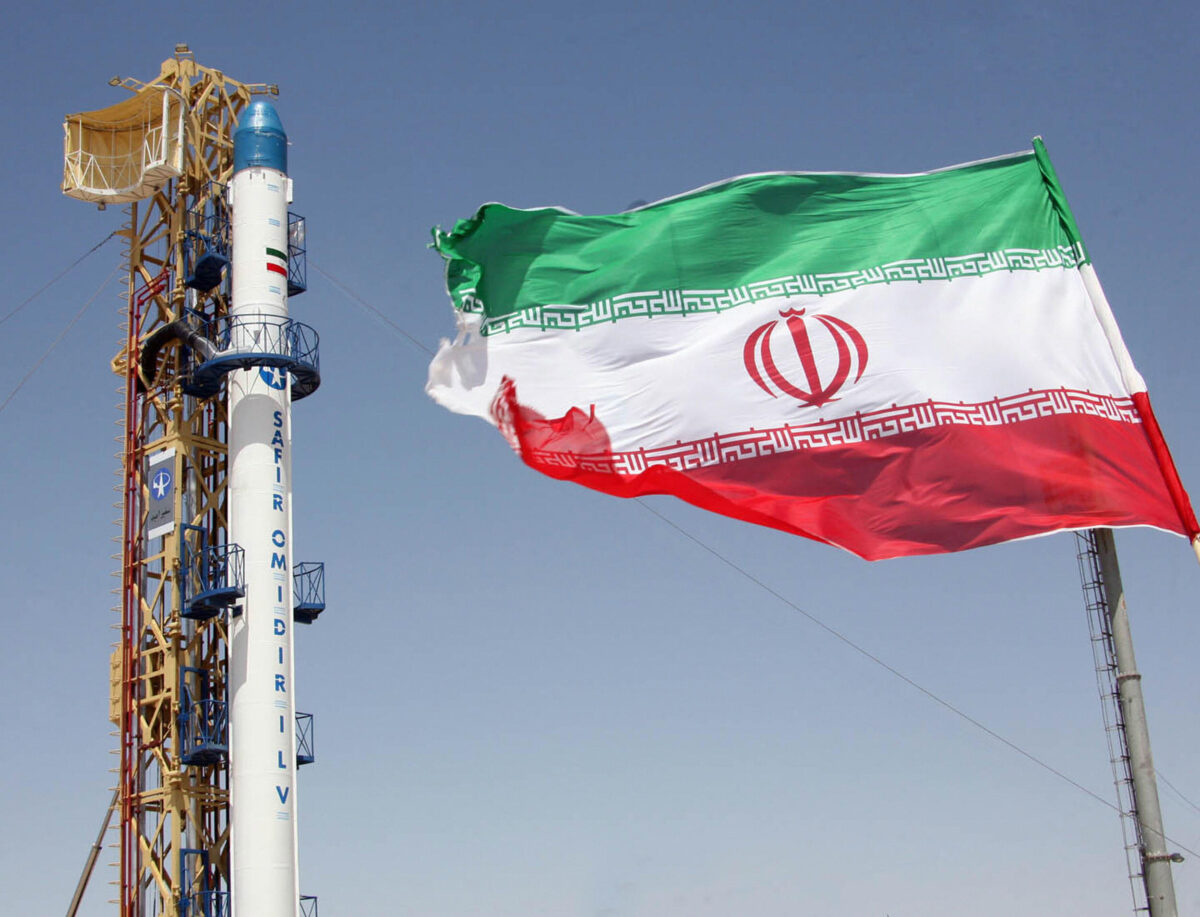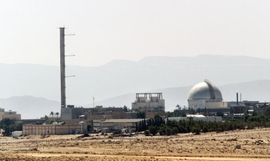Iran’s minister of communications and information technology has announced via Twitter that six domestically-manufactured satellites are ready to be launched into orbit.
“We have now two satellites ready to be launched into the orbit. Speed of production has accelerated, so the speed of sending satellites into orbit should get faster. Amirkabir University of Technology started construction operation of a precision measuring satellite which is unique of its kind,” Mohammad Javad Jahromi wrote on Saturday.
The announcement comes as Iran gets ready to launch Zafar, a telecommunications satellite that weighs 113 kg (249 lbs) and will be in orbit for about a year and a half. Its capabilities are broadcasting a single message to all users, one-way voice communication between two users, and sending a message to 256 direct users. The stated purpose of the mission is to map geography for civil development projects and agriculture, as well as monitor the natural environment, including Iran’s lakes, to identify damaged areas after natural disasters.
Zafar is expected to be launched before February 11, which marks the 41st anniversary of the Iranian revolution that swept away Iran’s monarchy and ushered in an Islamic republic.
According to Jahromi, the University of Science and Technology recently transferred two locally-developed satellites named Zafar-1 and Zafar-2 to the Iranian Space Agency, after testing was completed. Zafar-1 is a 90 kg (198 lbs) remote sensing satellite equipped with color cameras that can be used for surveying oil reserves, mines, jungles and natural disasters. It will orbit the earth at an altitude of 530 km (329 mi).
Jahromi also noted that Iran has upgraded its Simorgh satellite launch vehicle. In 2019, Simorgh was used multiple times to launch satellites into orbit, but eventually failed due to technical glitches.
In an interview with the ISNA news agency on January 19, the head of the Iranian Space Agency, Morteza Barari, confirmed that Simorgh will put Zafar-1 into orbit, adding that the launch will be operated and monitored by three stations in Charmshahr in Tehran Province, Mahdasht in Alborz Province and Qeshm Island in the Strait of Hormuz.
Iran launched its first satellite, called Omid (meaning “hope” in Farsi) in 2009. That was followed by the Rasad (“observation”) satellite in 2011 and Navid (“promise”) in 2012.







 The Mine Action Agency of Azerbaijan (ANAMA) reported on Thursday the discovery of a significant amount of explosives in the Khojavand district of ...
The Mine Action Agency of Azerbaijan (ANAMA) reported on Thursday the discovery of a significant amount of explosives in the Khojavand district of ...
 Russian peacekeeping forces, deployed in the Karabakh (Garabagh) region of Azerbaijan since 2020, have commenced their withdrawal from the area.
Russian peacekeeping forces, deployed in the Karabakh (Garabagh) region of Azerbaijan since 2020, have commenced their withdrawal from the area.
 Azerbaijan officially unveiled the logo for the upcoming 29th session of the Conference of the Parties to the United Nations Framework Convention o...
Azerbaijan officially unveiled the logo for the upcoming 29th session of the Conference of the Parties to the United Nations Framework Convention o...
 The Kazakh authorities have increased their arbitration claims against international oil companies involved in the development of the Kashagan oil ...
The Kazakh authorities have increased their arbitration claims against international oil companies involved in the development of the Kashagan oil ...
 Russian Foreign Minister Sergei Lavrov has reasserted that Moscow has no intentions to stop the fighting in Ukraine, even if peace talks commence.
Russian Foreign Minister Sergei Lavrov has reasserted that Moscow has no intentions to stop the fighting in Ukraine, even if peace talks commence.



